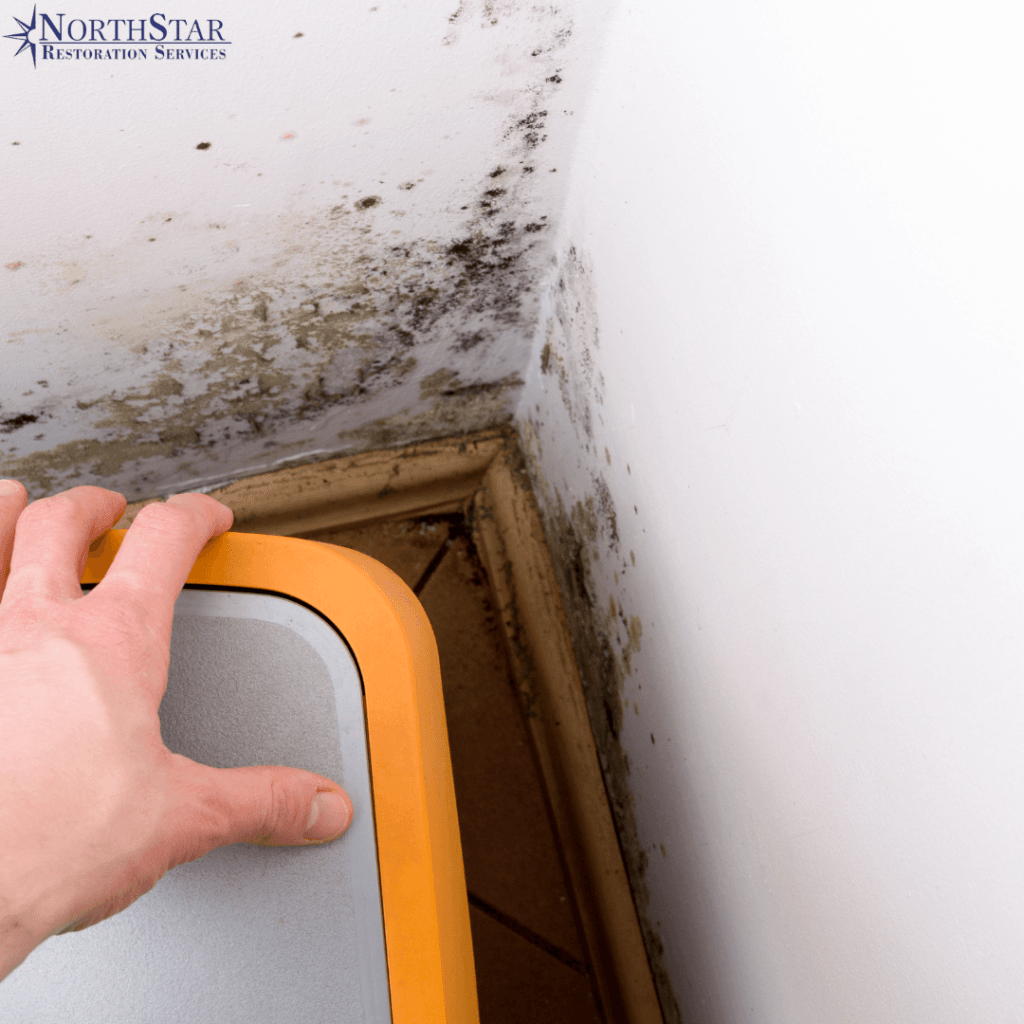The Hidden Dangers of Mold: Essential Information You Should Know
Mold is often an invisible threat, quietly growing in hidden areas of homes, workplaces, and schools. Although mold is a natural part of our environment, indoor mold exposure can have serious health implications, particularly for individuals with specific sensitivities. With increasing awareness about indoor air quality, it’s essential to understand the risks mold can pose and take proactive steps to prevent it.
The Health Risks of Mold Exposure
Research indicates that approximately 25% of people have a genetic sensitivity to mold, which can lead to chronic health conditions when exposed over time. Chronic Inflammatory Response Syndrome (CIRS) is one such illness, triggered by biotoxins from mold. This condition manifests in a range of symptoms, from chronic fatigue to memory issues and respiratory problems. For those with this genetic predisposition, even small amounts of mold can have lasting health effects.
Mold can impact anyone, but those with asthma, allergies, or weakened immune systems are especially vulnerable. Common symptoms of mold exposure include:
- Persistent fatigue or body aches
- Difficulty concentrating or “brain fog”
- Respiratory issues such as shortness of breath, wheezing, or chronic cough
- Unexplained headaches or dizziness
- Sinus congestion and sore throat
If you or a family member is experiencing any of these symptoms and there’s visible mold or a musty odor in your environment, mold exposure could be the cause.
How Mold Grows and Spreads
Mold spores thrive in environments where moisture is present. Common areas include basements, bathrooms, kitchens, and anywhere water damage has occurred. Even a minor leak can lead to mold growth if left unaddressed. Unfortunately, mold often grows in hidden areas, such as inside walls or under carpets, where it can go undetected for long periods.
Preventative Steps to Protect Your Health and Home
- Control Humidity Levels: Keeping indoor humidity below 50% can make it harder for mold to thrive. Use dehumidifiers in damp areas, particularly basements.
- Ventilate and Insulate: Proper ventilation in bathrooms, kitchens, and laundry rooms can reduce moisture buildup. Insulate windows and walls to minimize condensation.
- Fix Leaks Immediately: Whether it’s a leaky roof, pipe, or window, addressing water leaks as soon as possible can help prevent mold from developing.
- Keep Gutters Clean: Blocked gutters can cause water to seep into your home’s foundation or roof, creating prime conditions for mold growth.
- Use Mold-Resistant Products: When renovating or building, consider using mold-resistant drywall, insulation, and paint in areas prone to moisture.
Recognizing and Addressing Mold Issues
If you see or smell mold in your home, it’s crucial to take action quickly. Small areas of surface mold can sometimes be cleaned with appropriate cleaning agents, but extensive mold or mold in hard-to-reach places may require a professional assessment. Specialists can identify the extent of mold contamination and safely remediate it to protect your home and health.
The Importance of Professional Mold Remediation
While some minor mold issues can be handled personally, a widespread mold infestation is best left to professionals. Attempting to clean large mold areas without proper equipment can release additional spores into the air, spreading the problem rather than solving it. Mold remediation experts have the tools and expertise to safely remove mold, repair the source of moisture, and help prevent future growth.
Final Thoughts
Mold is not just a cosmetic issue; it’s a serious health concern for many. Understanding how mold develops, recognizing the symptoms of exposure, and taking preventative measures are all crucial steps to creating a healthier indoor environment. If you’re concerned about mold in your home or workplace, consider reaching out to a professional who can provide a thorough assessment and remediation plan. Taking these steps will help ensure that your indoor spaces are safe and comfortable for everyone.


